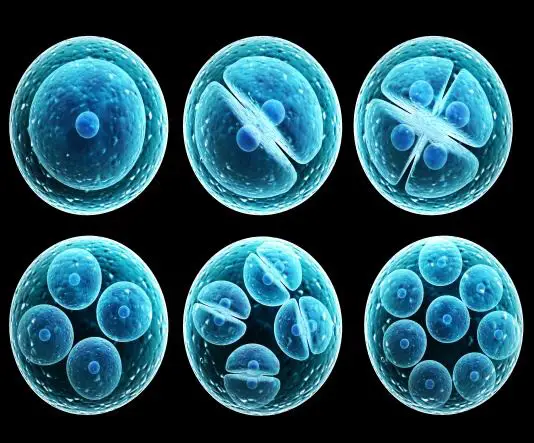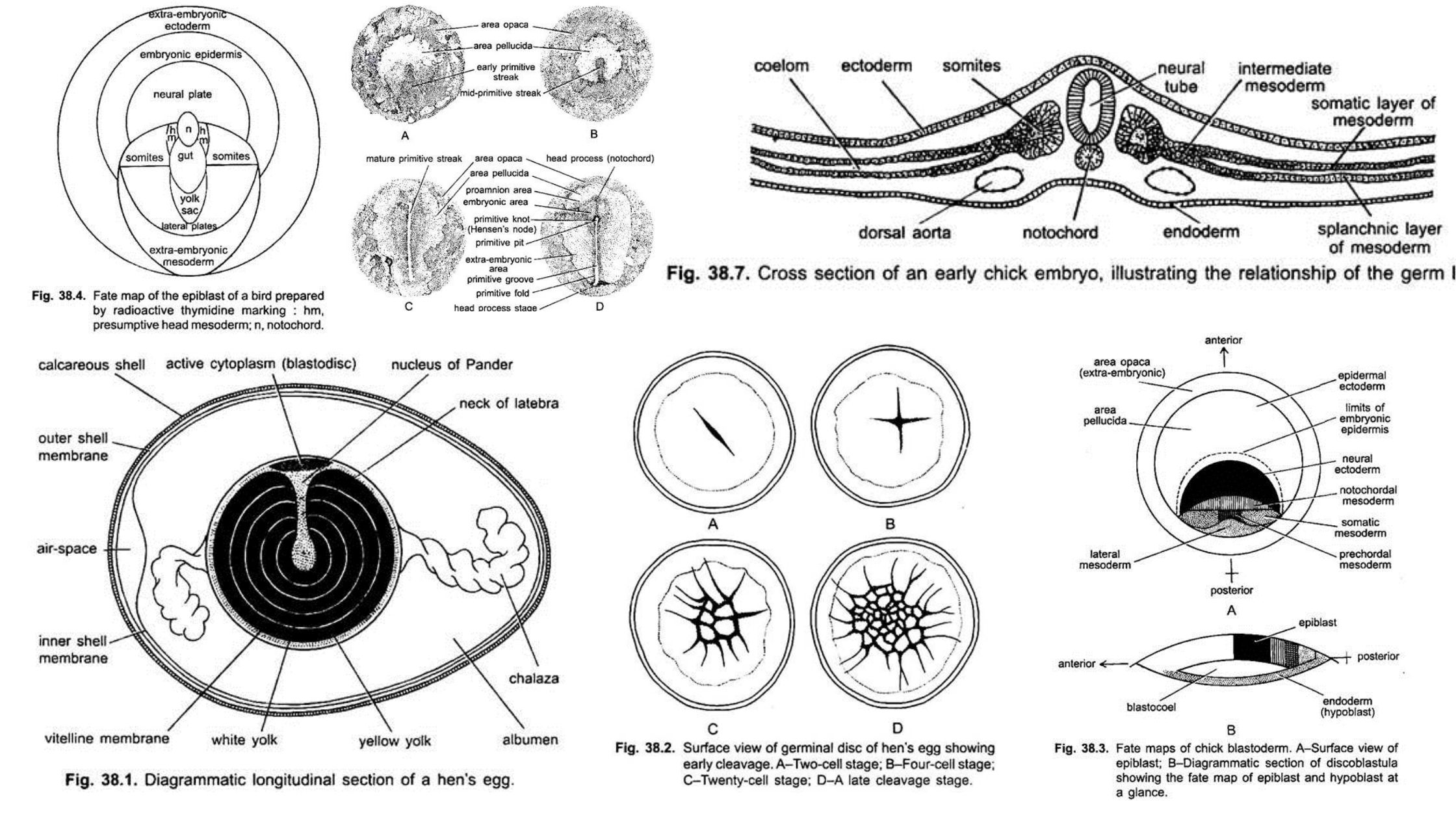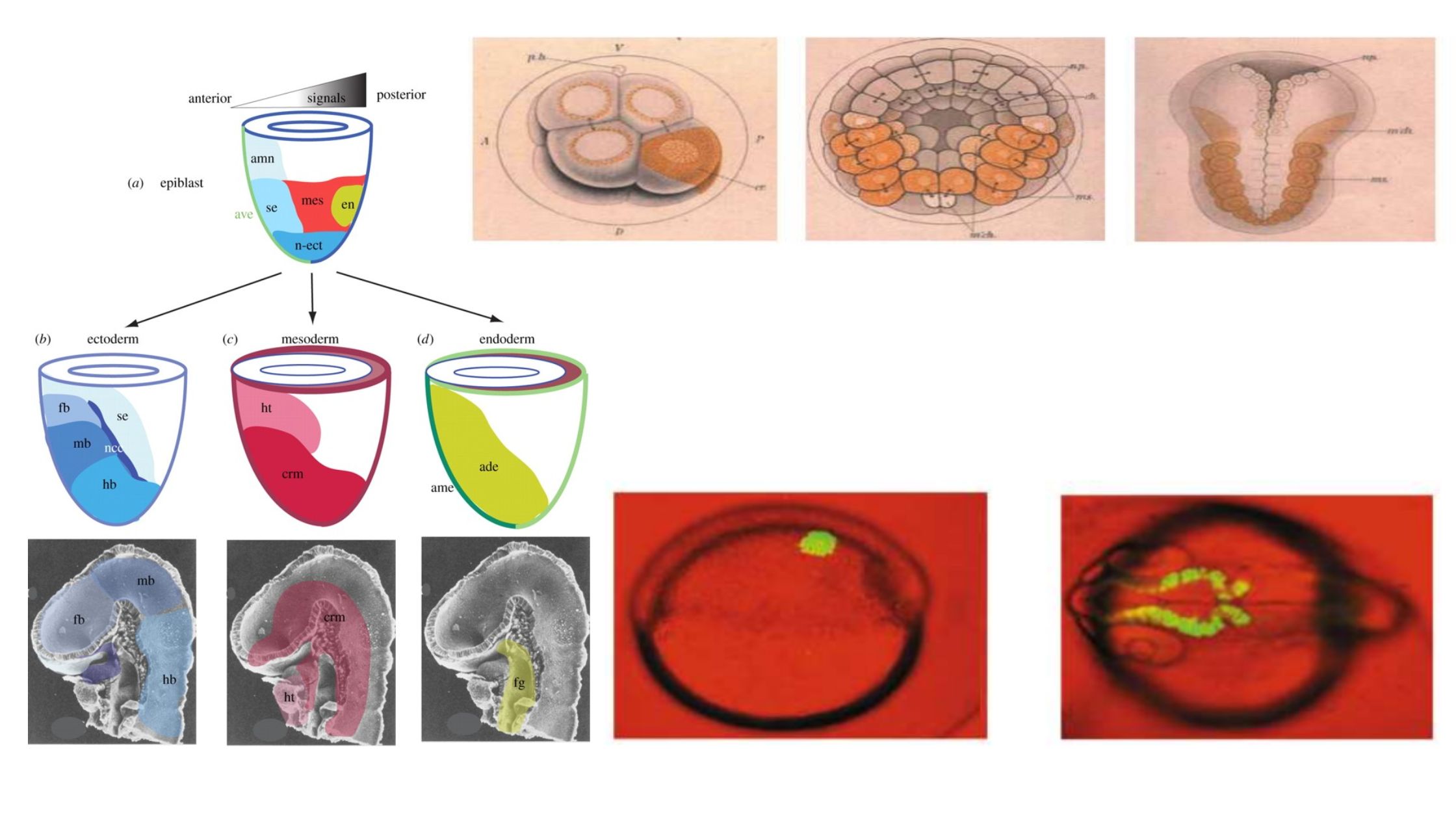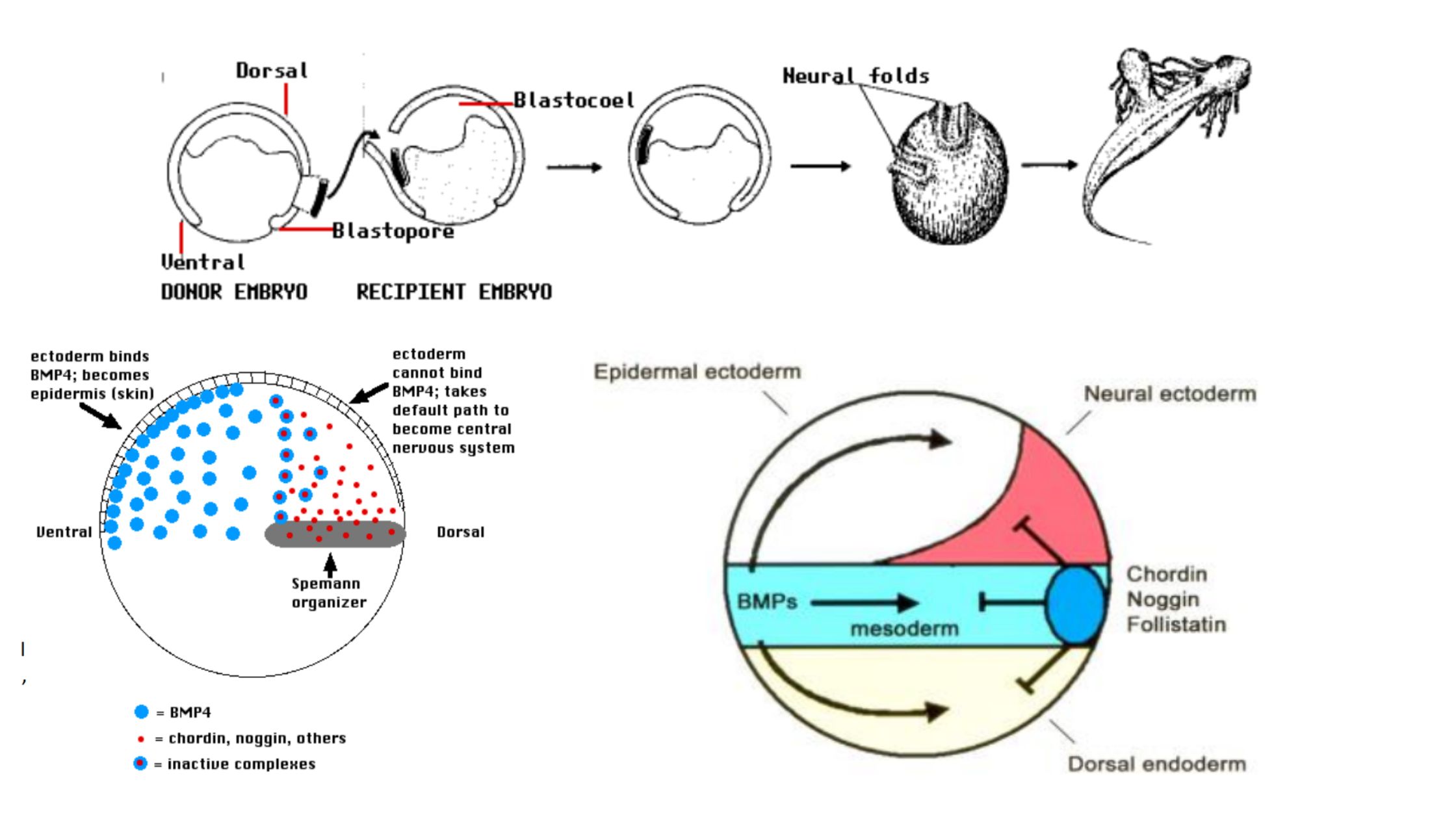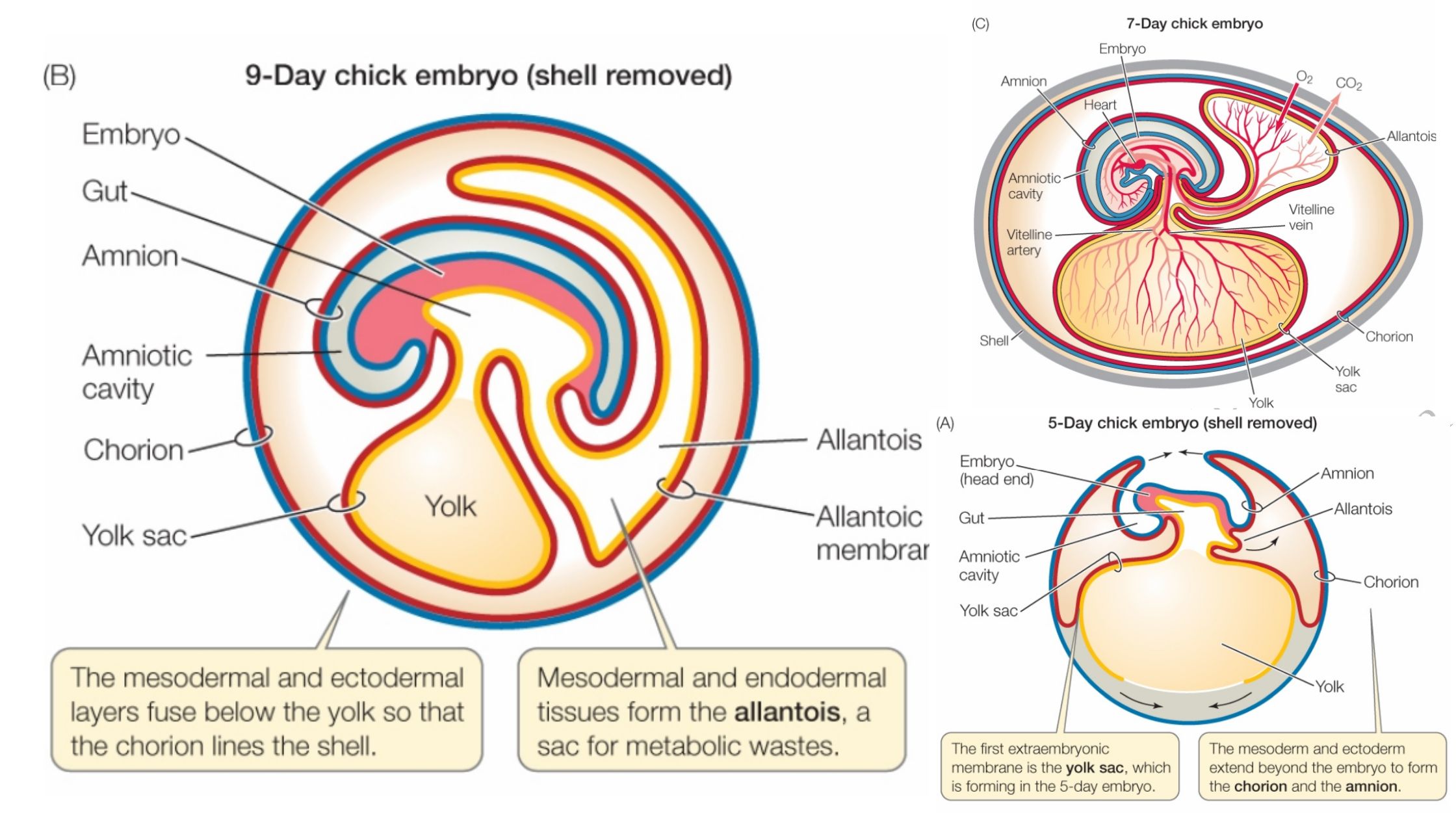Ageing – Definition, Theories, and models
What is Ageing? Different Types of Aging Aging is a complex process that can be categorized into different types based on various perspectives. Understanding these different types of aging can provide a comprehensive view of the aging process. Here are five common classifications: Overall, aging is a multifaceted process that encompasses various dimensions. By considering … Read more

